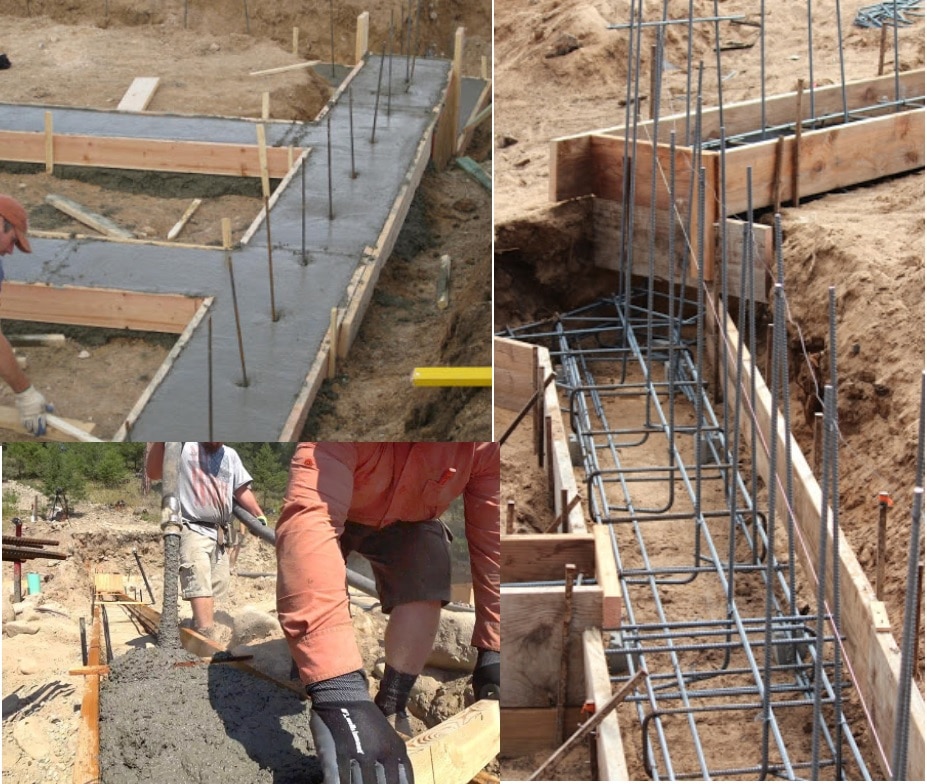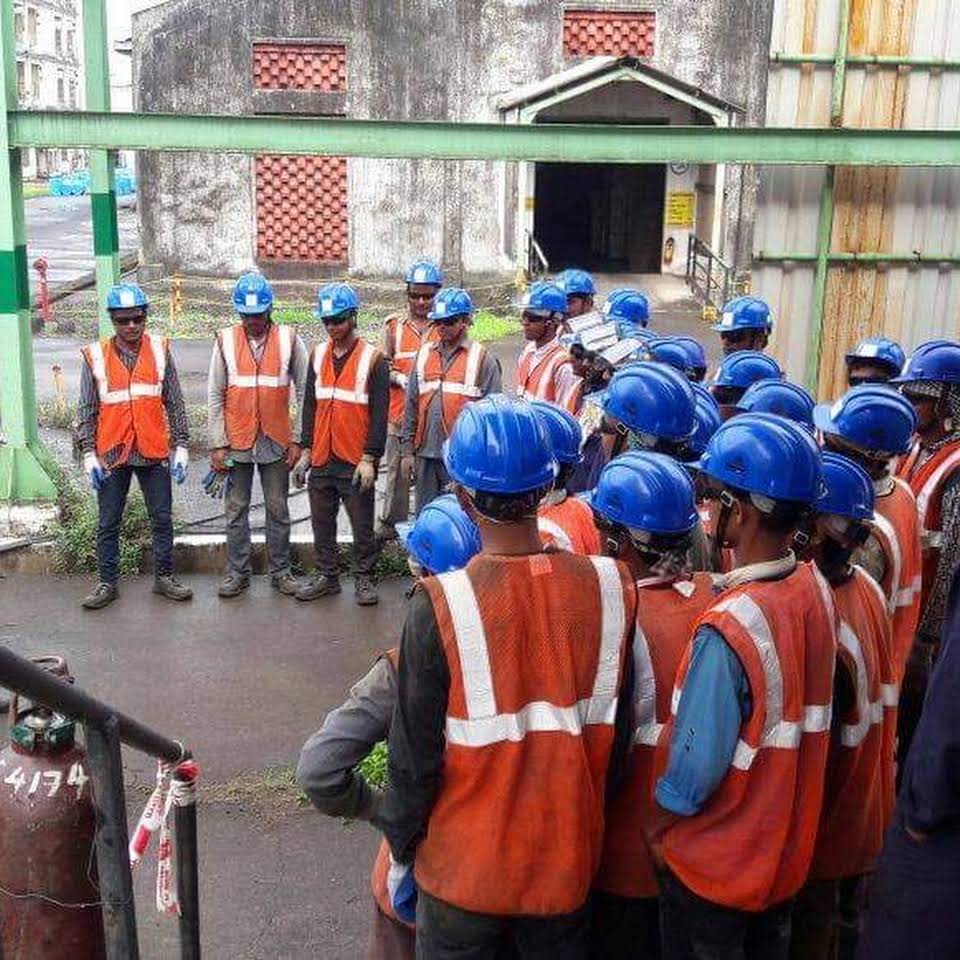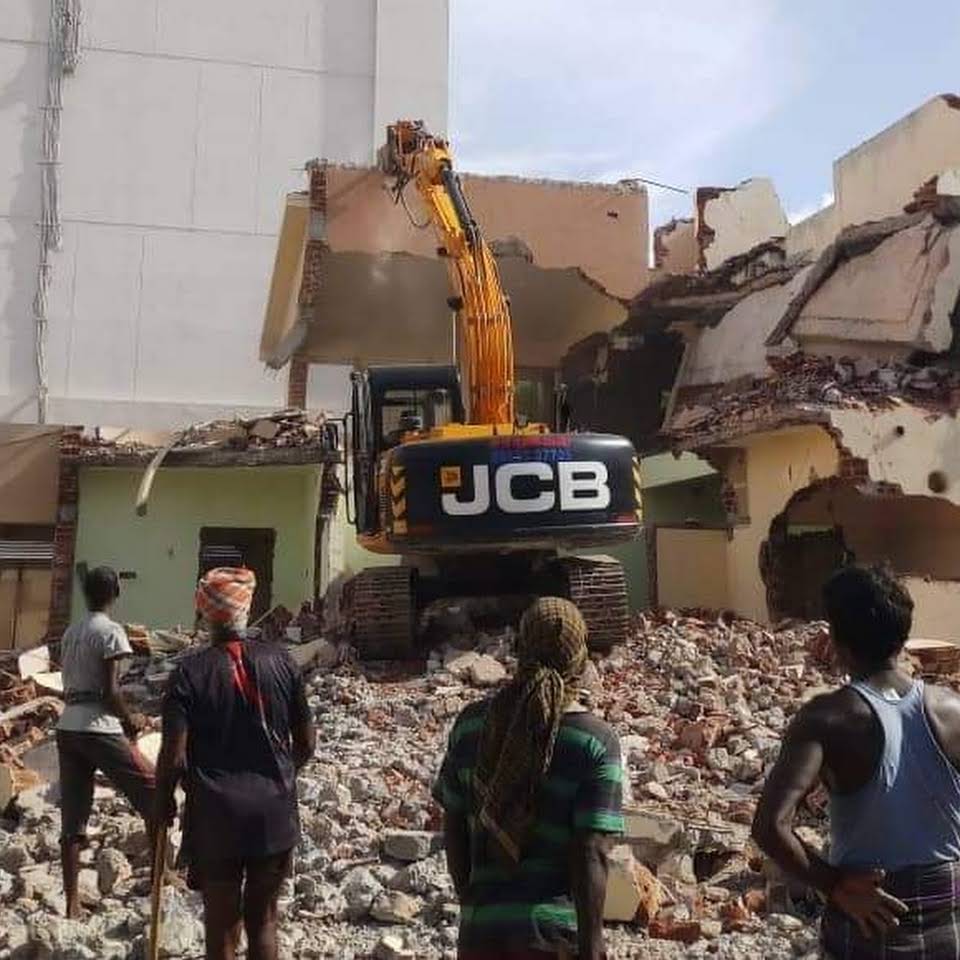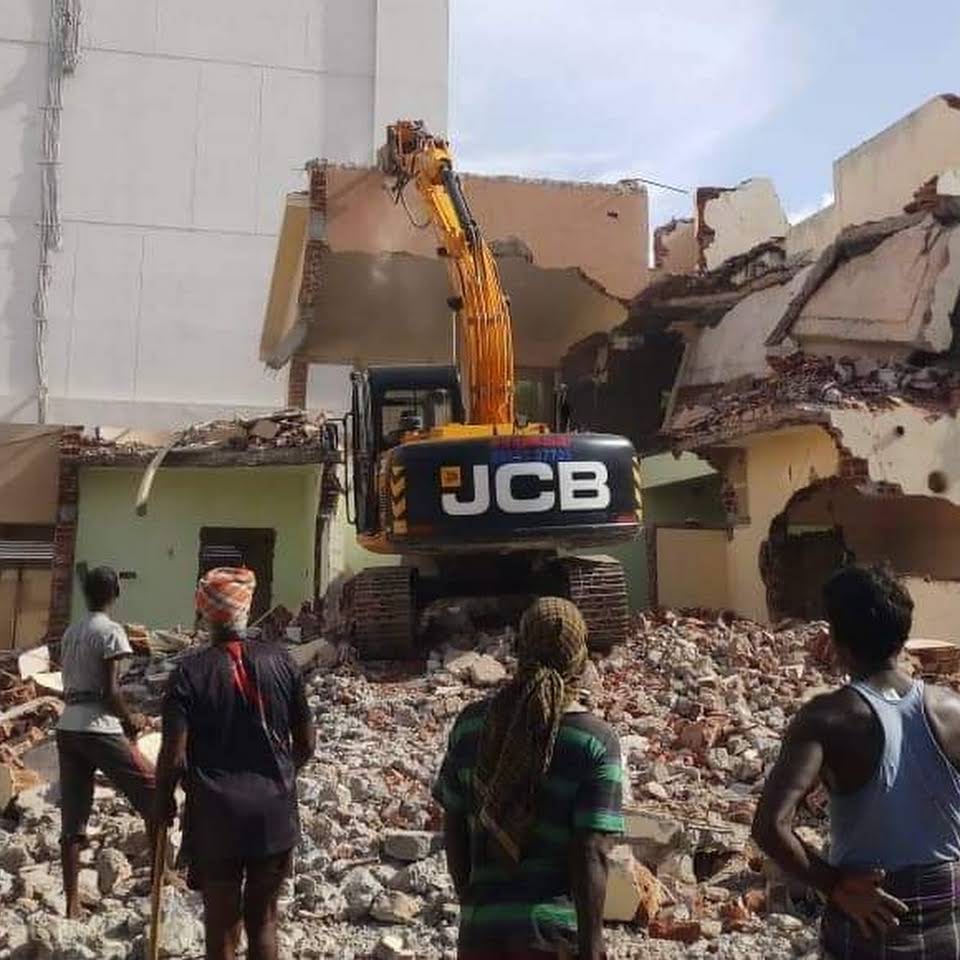
Footing Pillars Removal
Footing pillars, also known as foundation pillars, are critical structural components that provide stability and support to buildings. However, there are situations where the removal of footing pillars becomes necessary. Whether you are renovating an existing structure, making way for new construction, or addressing structural issues, the removal of footing pillars requires careful planning, professional expertise, and adherence to safety measures. In this article, we will explore the process and considerations involved in footing pillars removal.
Structural Assessment: Before initiating any removal process, it is essential to conduct a comprehensive structural assessment. Engage the services of a qualified structural engineer or a professional contractor with expertise in foundation work. They will evaluate the structural integrity, load-bearing capacity, and the impact of removing the footing pillars on the overall stability of the building. This assessment will guide the removal strategy and ensure that safety remains paramount.
Develop a Removal Plan: Based on the structural assessment, a detailed removal plan should be developed. This plan should outline the sequence of pillar removal, the temporary support systems to be implemented during the process, and any necessary precautions to prevent damage to the surrounding structure. It may involve shoring up adjacent walls, installing temporary support beams, or employing hydraulic jacks to distribute the load.
Secure Permits and Approvals: Depending on local regulations and the nature of the project, obtaining the necessary permits and approvals is crucial. Contact your local building authority to understand the specific requirements and ensure compliance with any relevant codes or regulations. This step ensures that the removal process is legal, safe, and meets the necessary standards.
Execution of Removal Process: Once the removal plan is finalized and permits are secured, the actual removal process can begin. It is strongly advised to hire professional contractors experienced in foundation work to perform this task. They will employ specialized equipment and techniques to safely dismantle and remove the footing pillars while minimizing any potential damage to the surrounding structure. Strict adherence to the removal plan and safety protocols is vital to mitigate risks during this phase.
Reinforcement and Replacement: After the removal of the footing pillars, it is crucial to reinforce and replace the support system. The structural engineer or contractor will determine the appropriate method, which may involve installing new footings, pilings, or other structural supports. Reinforcement and replacement ensure that the building retains its stability and structural integrity.
Post-Removal Inspection: Following the completion of the footing pillars removal, a thorough inspection should be conducted to assess the success of the process and ensure that all safety measures have been met. Engage the services of a structural engineer or building inspector to verify that the removal has been carried out according to the approved plan and that the structure remains stable.
Conclusion: The removal of footing pillars is a complex undertaking that requires careful planning, professional expertise, and adherence to safety measures. Whether you are renovating or addressing structural issues, it is imperative to engage qualified professionals to assess the structural integrity, develop a removal plan, and execute the process with precision. By following these steps, you can ensure the stability and longevity of your building while achieving your desired renovation goals.





















